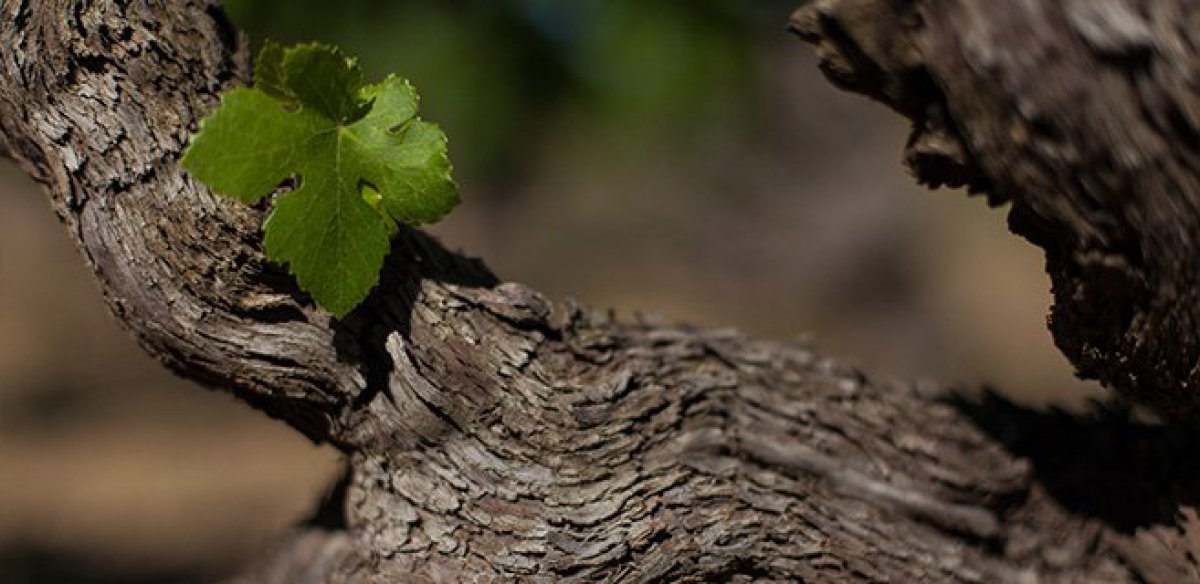
Châteauneuf-du-Pape makes blended wines, meaning that several grape varieties can be used in their production.
13 grape varieties are allowed according to the Châteauneuf-du-Pape AOC decree: 8 red varieties (Grenache Noir, Syrah, Mourvèdre, Cinsault, Counoise, Muscadin, Vaccarèse and Terret) and 5 white varieties (Roussanne, Clairette, Bourboulenc, Picpoul and Picardan).
Other varieties such as Viognier or Marsanne are allowed by the Côtes du Rhône appellation.
Nonetheless some are more used than others.
Red Grape Varieties
- Grenache Noir: emblematic variety of southern France (Châteauneuf-du-Pape, Gigondas, Vacqueyras…), Grenache is lively and rich, giving wines their acidity, roundness and fruity aromas.
- Mourvèdre: not requiring much water, this variety perfectly adapts to dry and sunny climates. Its high antioxidant properties make it precious for rosé wines, allowing them to preserve their freshness.
- Syrah: emblematic variety for northern Côtes du Rhône wines (Hermitage, Côtes-Rôtie, Cornas), the Syrah is characterized by a powerful tannin structure, a deep purple colour and red and black fruit aromas (raspberry, blackcurrant) and pepper.
White Grape Varieties
- Roussanne: its name comes from the ginger colour that grapes adopt when ripe. This fine and fragile variety brings elegance and subtlety to wines. It goes very well with the Marsanne.
- Grenache blanc : lively and full-bodied, the grenache blanc brings viscosity.
- Clairette : Thanks to its higher acidity, the clairette will be bring freshness and balance to our wines.
Anecdote
Some Côte du Rhône AOC wines (notably Châteauneuf-du-Pape and Côte-Rôtie) allow the blending of red and white varieties to produce red wines. This comes from the vineyards where our ancestors used companion planting with both red and white grape varieties. At the time, there was just one harvest, with the white grapes bringing roundness and floral aromas to the red wines. Today, terroir analysis has somewhat progressed and the plots are planted with the best-suited variety. Companion planted plots including red and white grapes, are beginning to disappear.

